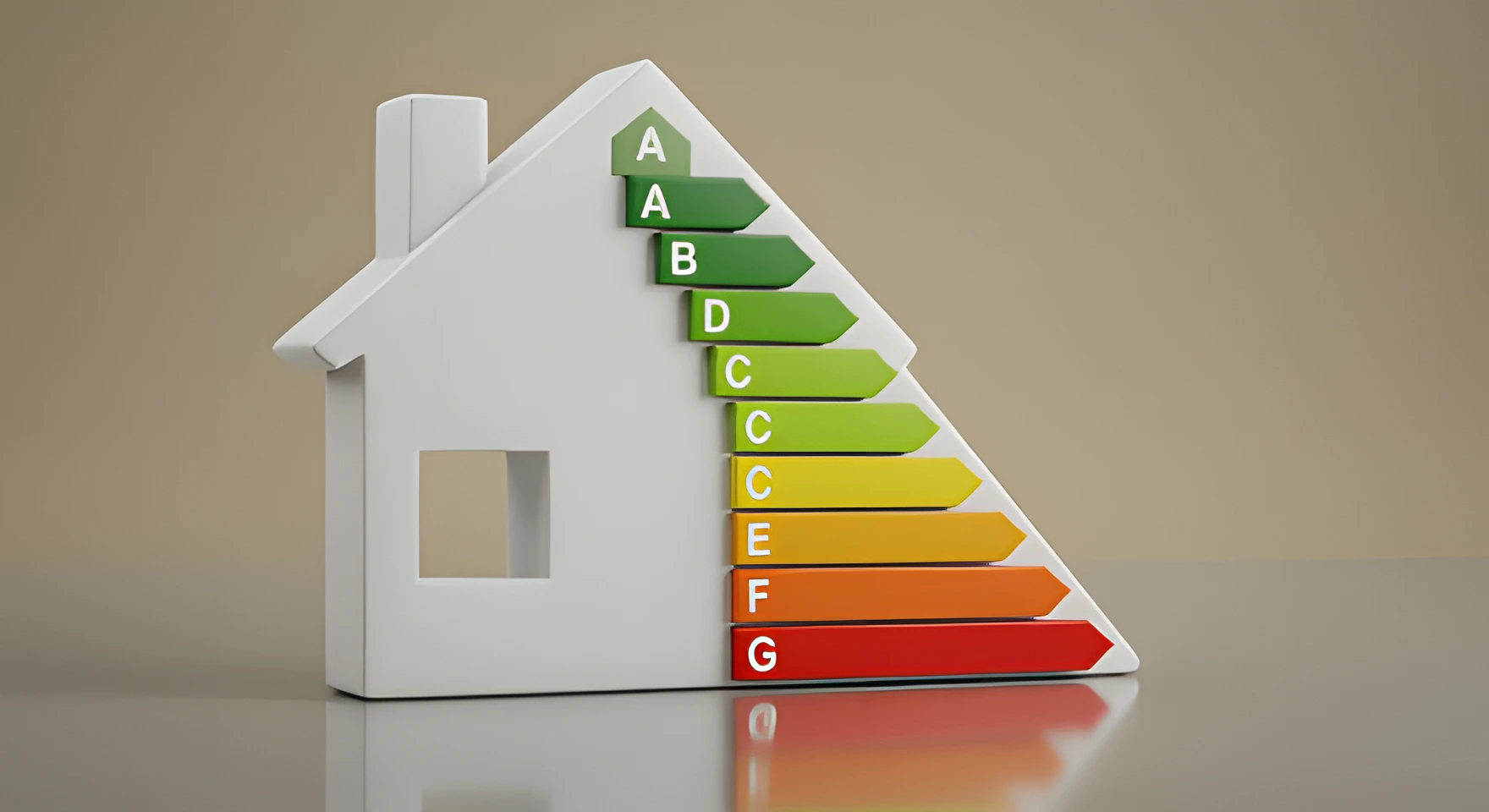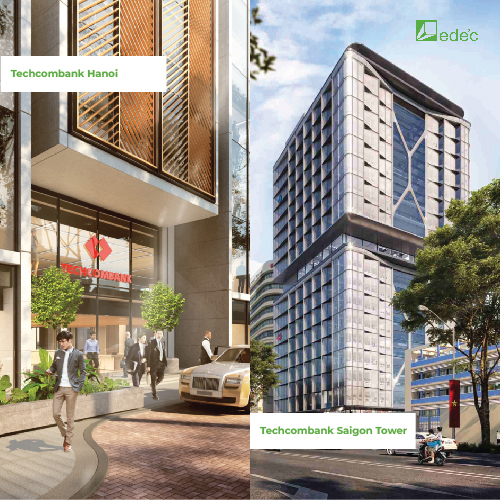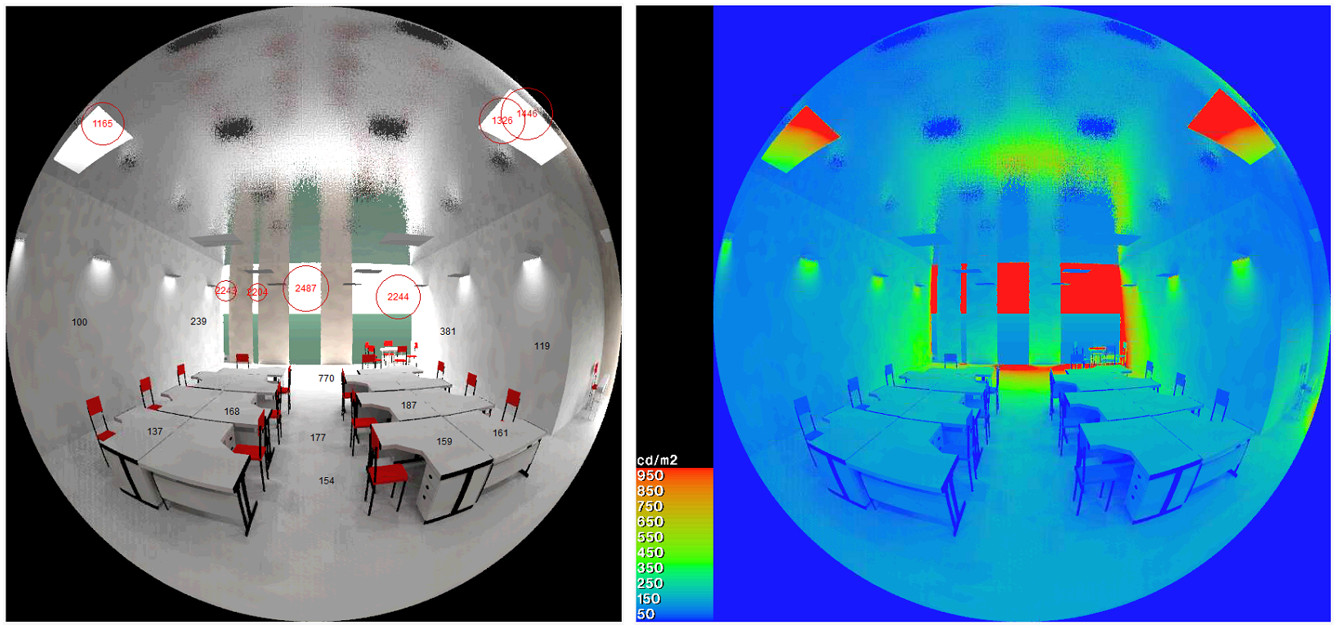RESOURCES
Digitalization in design – practice and needs

Green Building Demand and Government Commitment
In recent decades, the Government of Vietnam has shown an increasing interest in energy efficiency across the country. Although there have been positive changes, the overall energy efficiency of the economy is still low compared to neighboring countries. To generate 1 USD GDP, we use 2.5 times more energy than the world average, 1.3 times more than China and India, 1.7 times more than Malaysia, 1.9 times more than Thailand, and 2.6 times more than the Philippines, 3.8 times that of Japan, and 4.7 times that of Singapore.

Tour Elithis is the first positive energy office building in Europe that consumes less energy than it produces.
Hence, to increase competitiveness and efficiency of the economy, improving energy efficiency is very urgent.
Besides the increasing demand for green buildings in society, the Vietnamese Prime Minister also committed at COP 26 to set the goal of Net Zero Carbon by 2050.
As a means to meet these two goals, design practice must be raised to a new level, meet green criteria, and reduce energy use. Green certification cannot be obtained at the expense of energy efficiency, as many buildings do. The prevalent design practice makes it very difficult to meet both of these needs. It is necessary to upgrade the knowledge and develop tools for the entire construction design process in Vietnam, with architects and design engineers at the forefront. Two key tools to realize the above goals are digital transformation and project management capacity adapted to changing needs.
Predictability shows the effectiveness of the simulation application refresh in the design of Zero, Positive Energy buildings. The project still needs adjustments to achieve Positive Energy Efficiency once it is in operation.

There is a difference between forecast and consumption in the first year due to very cold weather conditions in the first year of operation.
Digitalization
The application of digitalization of buildings in design has been widespread in the world for a long time. The first lines of code to calculate the heat and energy of buildings have been put into computers since the 1970s, since then. Construction simulation tools are constantly evolving to this day. Unfortunately, Vietnam seems to stay out of this trend in basic science and application. These are indispensable tools in the process of optimizing the design and forecasting of energy use, thermal comfort, lighting, sound, etc.
All green building systems, or even building permits in developed countries, require the use of tools of this type to calculate several mandatory predictors in advance. Even more advanced, there is also forecasting of sound quality, fire and explosion properties, and emergency exits, for critical projects such as stadiums and theaters. Calculating and predicting urban floods and dam failures in planning is also a topic that has hardly been applied in Vietnam.
Because of the lack of science and technology in Vietnam, the quality of design lags far behind the world. Project management does not require or state that the calculation of the project be disclosed to the manager of potential risks. Thus, many inadequacies in life can be seen, such as floods, high construction costs, and wasting energy that is not comfortable.
Digitalization is very prominent in all industries, and the architectural design industry needs to catch up with this trend soon. This will help meet upcoming needs and achieve national and international goals for sustainable development. Only in this way can new industries develop. They can reach out to the big sea, get rid of drawing processing, proceed to export high-class gray matter to the region, and participate in world-class design competitions.

 Thermal and physical modeling of buildings and forecast and compare 2 design options for the chiller room of the medical project in the photo above
Thermal and physical modeling of buildings and forecast and compare 2 design options for the chiller room of the medical project in the photo above

Simulating flood forecasting, dyke breakage in planning

Forecast of stadium exits
From a policy perspective, within the past 15 months, despite the fact that the whole country is fighting this epidemic, the Government has not forgotten to promote mandatory energy efficiency in buildings.
The revised Construction Law, Decree 15, Vietnam’s Architecture Orientation to 2030, Vision 2050, Circulars guiding construction design costs are continuously introduced to tighten and promote energy- and resource-saving, environment-friendly design, technology application… Most notably, the latest Circular on Guidelines for Design Costs has paved the way for additional costs for model implementation. Building information modeling, energy-saving solution selection, flow dynamics calculation, environmental protection certification…
This is a good sign, which will open new doors for new industries that are currently only emerging to serve the design of sustainable development, but can easily be lost if there is no adjustment timely from state policy.

COP26: Internationally impressed with Vietnam’s commitment to achieving “zero” net emissions
Some recommendations for adjustment in construction management to apply digitalization to bring more practical benefits to society:
- When organizing bidding or competition for architecture for construction (not applicable to idea contest)
- Exam costs should be reasonable for the contest. The exam requires architectural, MEP, structural, energy saving, green, and costing solutions (similar to how it is done in France). Only the most suitable and cost-effective solution should be selected, not just the current architectural deviation.
- For energy-saving standards
- We need to tighten design checks, verify and accept energy-saving standards and have a roadmap towards Zero carbon as promised by the Prime Minister at COP26.
- Encourage the application of digitization and energy simulation to achieve design levels better than the minimum level of the Energy Saving Regulation. The higher the level, the more expensive the design of the additional fee and the one-stop building permit process. As soon as possible, the projects that exceed the highest standards will be prioritized for early approval. This is accompanied by tax incentives, lofty floors, density, and preferential loan packages from state banks and private banks in accordance with the revised architectural law and Decree 15.
- Standards and topics
- Standards should be implemented by professional associations and specialized experts, digitalizing applications, simulating a large number of cases, along with experiments to measure and verify, similar to the common practice in the world. Capital shall be funded from large corporations. The state budget is only used to appraise and approve standards instead of spending on compiling topics for QC at present.
MSc. Architect Tran Thanh Vu
President of International Building Performance Simulation Association of Vietnam, IBPSA-Vietnam
(Post on the Proceedings of the Fall 2021 Meeting)






